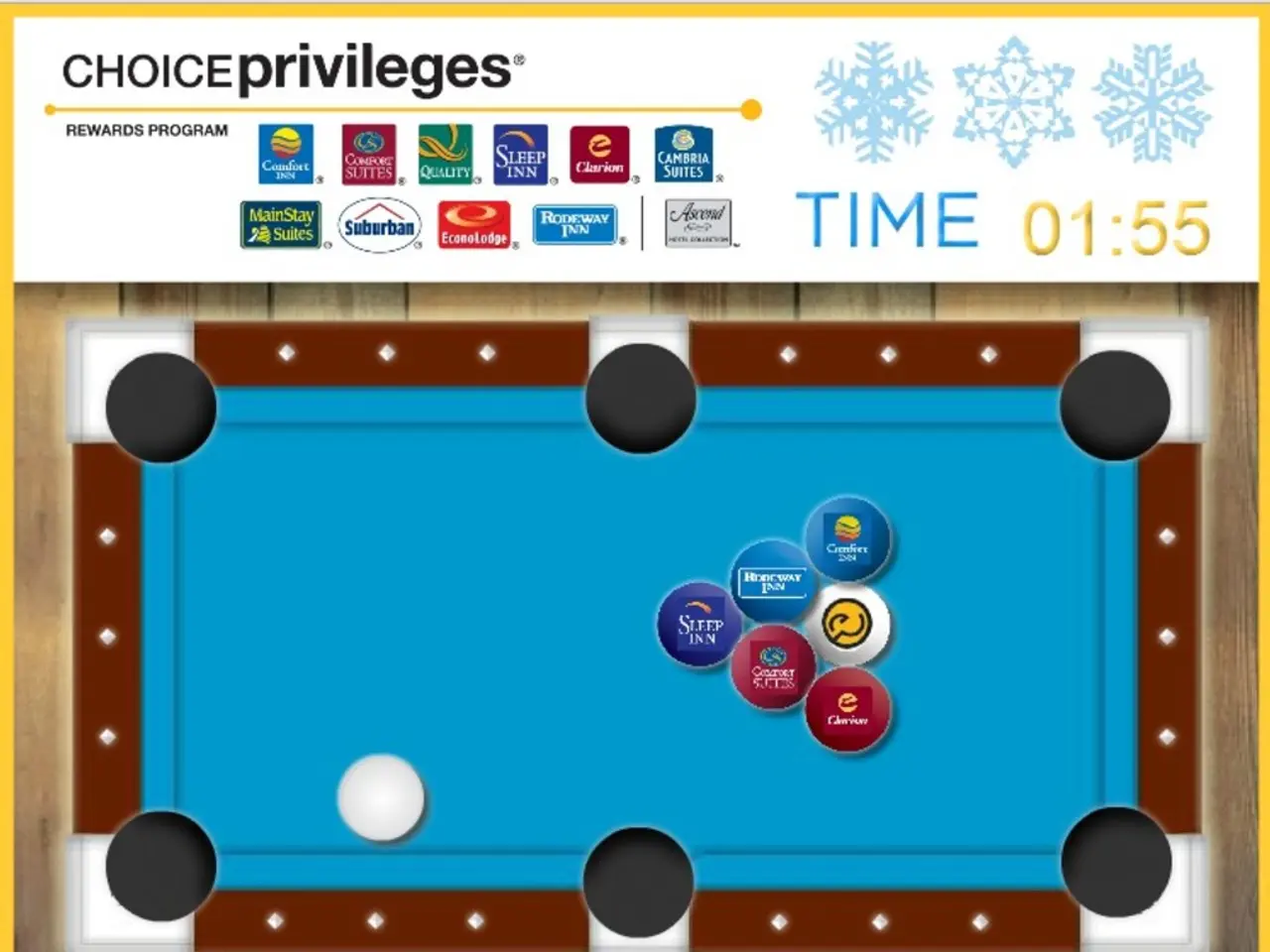Rocketbrush Studio's Procedure for Estimating Art Outsourcing
For game developers seeking high-quality game art and graphical assets, top concept art studios follow a structured process to estimate costs, timelines, and scope. This process begins with gathering detailed project requirements to align the art direction accordingly.
Initial Brief and Conceptualization
The studios work closely with clients to understand the vision, narrative context, and style guide for the game. This ensures alignment with the artistic goals early on.
Visual References and Design Documentation
Providing visual references or mood boards is crucial. These references guide the artists in style, colour palettes, and desired aesthetics. Detailed design documents specify different asset types, quantities, and detail levels needed, such as character art, environments, props, UI elements, or animations.
Level of Detail and Size
The studios clarify the required level of detail per asset, which affects time and resources for modeling or illustration. The quantity and complexity are often catalogued in a production “shopping list” of assets to better scope the project.
Technical Requirements and Integration
Understanding the game engine and technical constraints like polygon budgets, texture sizes, animation rigging, is essential for estimating development effort and ensuring the art fits within performance budgets.
Iterative Design and Approval
The process involves creating initial sketches and concept designs for approval before asset development proceeds. This iterative approach helps refine artistic direction and avoid costly revisions later.
Production and Quality Assurance
After concept approval, artists produce final assets using advanced software, followed by testing and optimization for visual fidelity and in-game performance.
Project Nuances
Factors like the need for animations, special effects, or integration complexity affect estimation. Additionally, studios may consider turnaround speed, experience, and tooling when allocating effort and cost.
Communication and Collaboration
The studio can be contacted through "hello@our website" or through the forms provided on the website to request a game art cost estimation. An NDA can be signed to protect sensitive information. The deadline for the work is to be provided for efficient scheduling. Rough measurements for game art resolution should be provided if the exact resolution is not yet determined.
Customized Estimations
The game art can be created with any desired level of detail and adjusted according to the art outsourcing estimation. Information about even the slightest details, such as whether a 2D character will be used to create a 3D model, should be provided. The characters can be with or without background, and there may be cropping considerations later on the screen/card. Images used for reference should emphasize details to convey the desired level of detail for the art.
Specifying Graphical Assets
A project brief example is provided as a reference point for the process. A 3D-modeling list of essentials is available if the project requires 3D works. The type of graphical assets needed (character art, concept or sketch, animation, VFX, etc.) is to be specified.
An relevant art outsourcing estimation will be provided within 1-2 business days after collecting all the information and references.
Artificial intelligence can be applied to streamline the game art production workflow, efficiently analyzing visual references and design documents for style, color palettes, and aesthetics.
Incorporating artificial technology into the process enables a more accurate estimation of art asset quantities, detail levels, and technical requirements, ensuring a smoother and less time-consuming design and approval phase.




